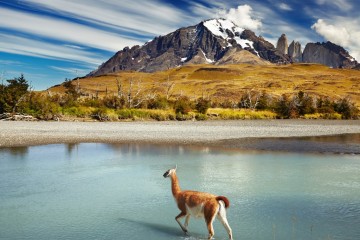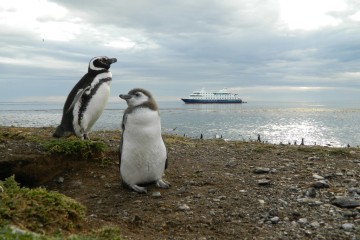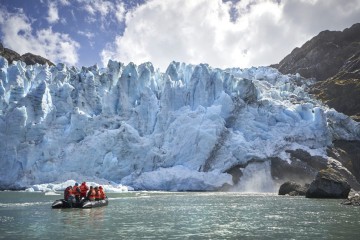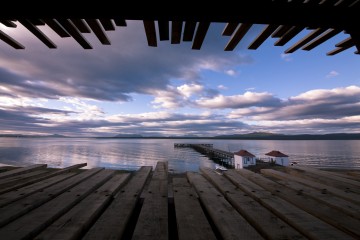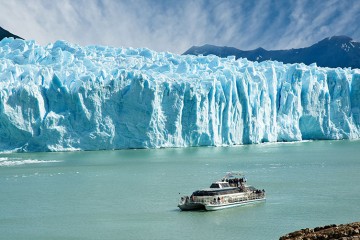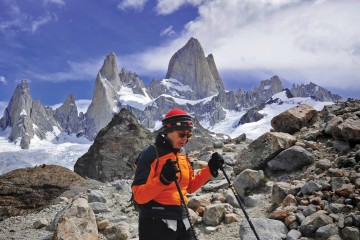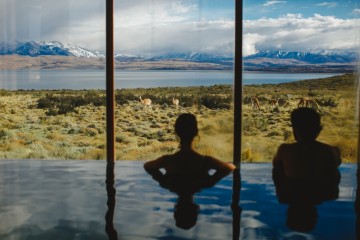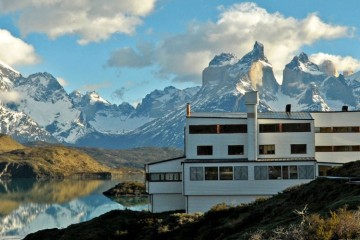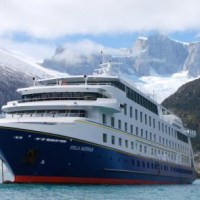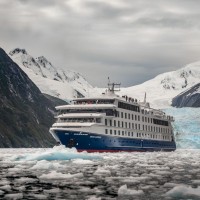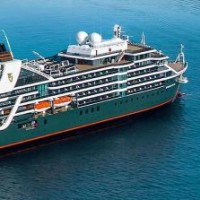Given the diversity of the landscape throughout Patagonia, where in Patagonia you should head will highly depend on how much time you have, what you’d love to do, as well also your travel budget. Do note that it’s not unusual to cross borders back and forth by road to reach close-by destinations. Argentinian and Chilean Patagonia do offer unique highlights, however, and given the sheer expansiveness of the place, internal flights are usually the way to go. In this case, hopping between the two countries is even easier.
Chilean Patagonia may be the much smaller side yet it is arguably the most remote and hard to reach. Home to a few of the top regional highlights, including (from north to south) the southern end of the famous Carretera Austral (for EPIC road journeys), Torres del Paine National Park (for outstanding hiking) and the jaw-dropping Patagonian fjords, which can be explored by expedition cruise ship.
In Argentina, however, you have the sensational Perito Moreno Glacier in Los Glaciares National Park (which can be easily reached by road from Torres del Paine), the whale-watching mecca of Peninsula Valdes, the breathtaking area around Mt FitzRoy (which gives Torres a real run for its hiking money) and, of course, the southern city of Ushuaia, the base point for Antarctica cruises.
Which of these takes your fancy most is the side you should be honing on, keeping in mind that marvellous mountainous landscapes will be your constant companions no matter where you go. And if you have plenty of time? Do both!
